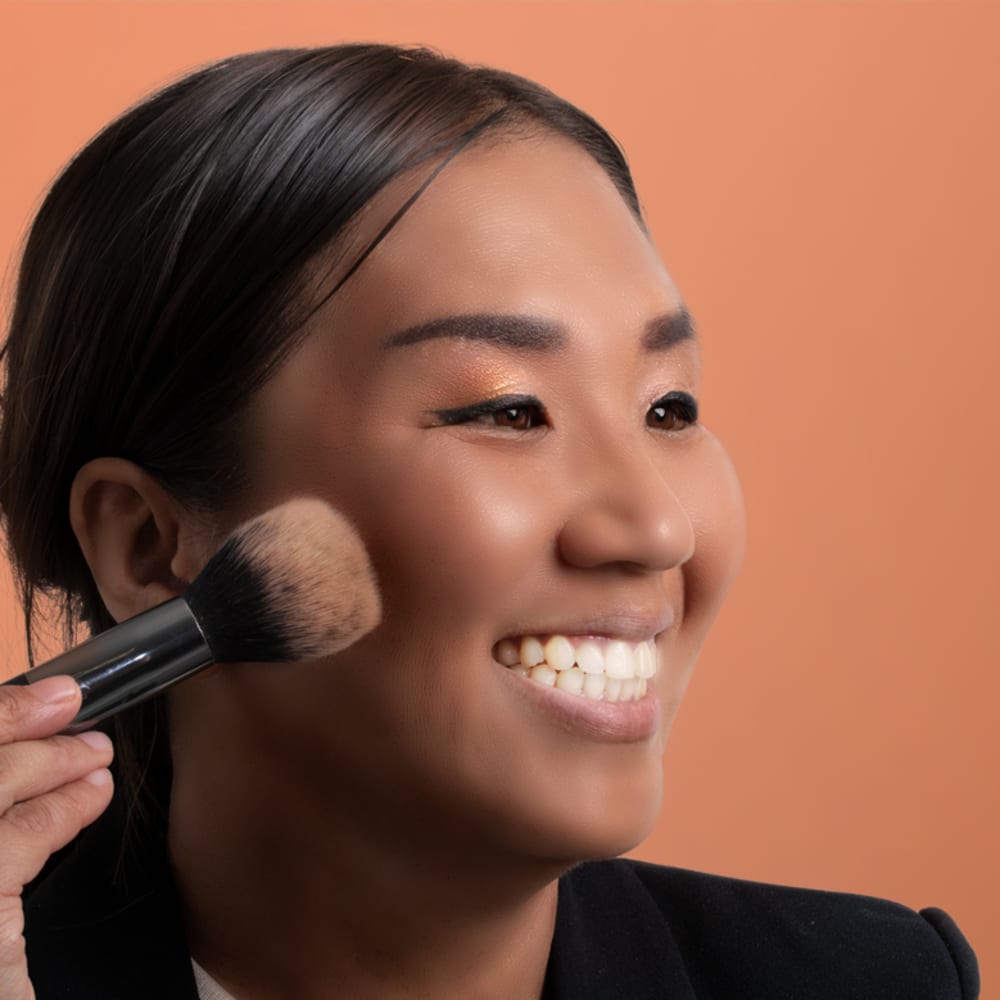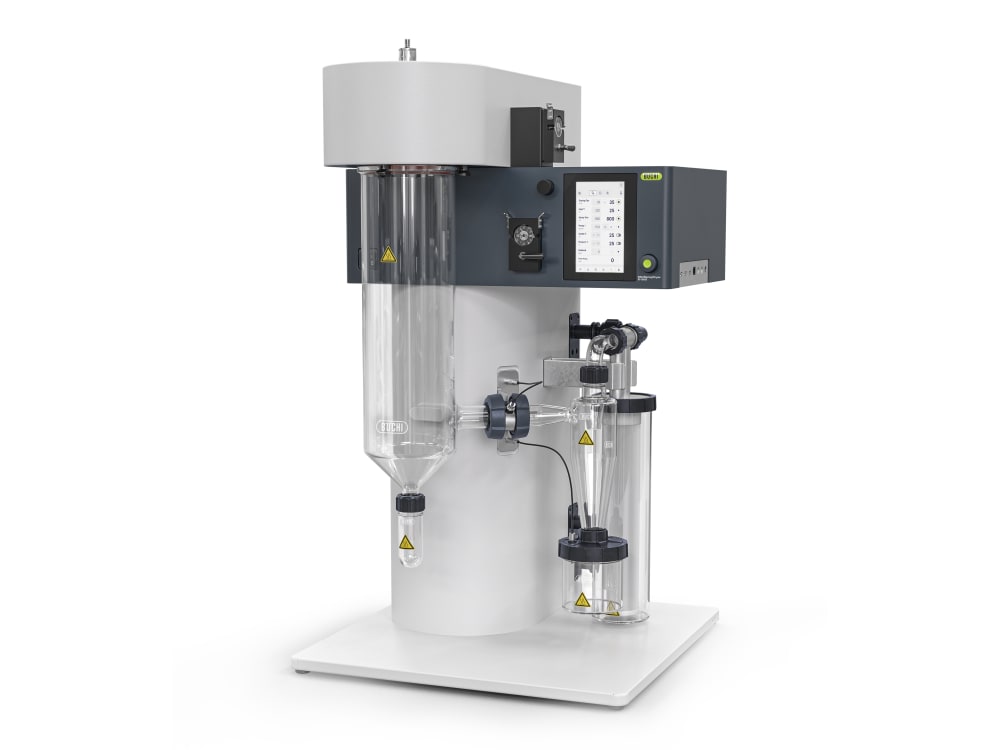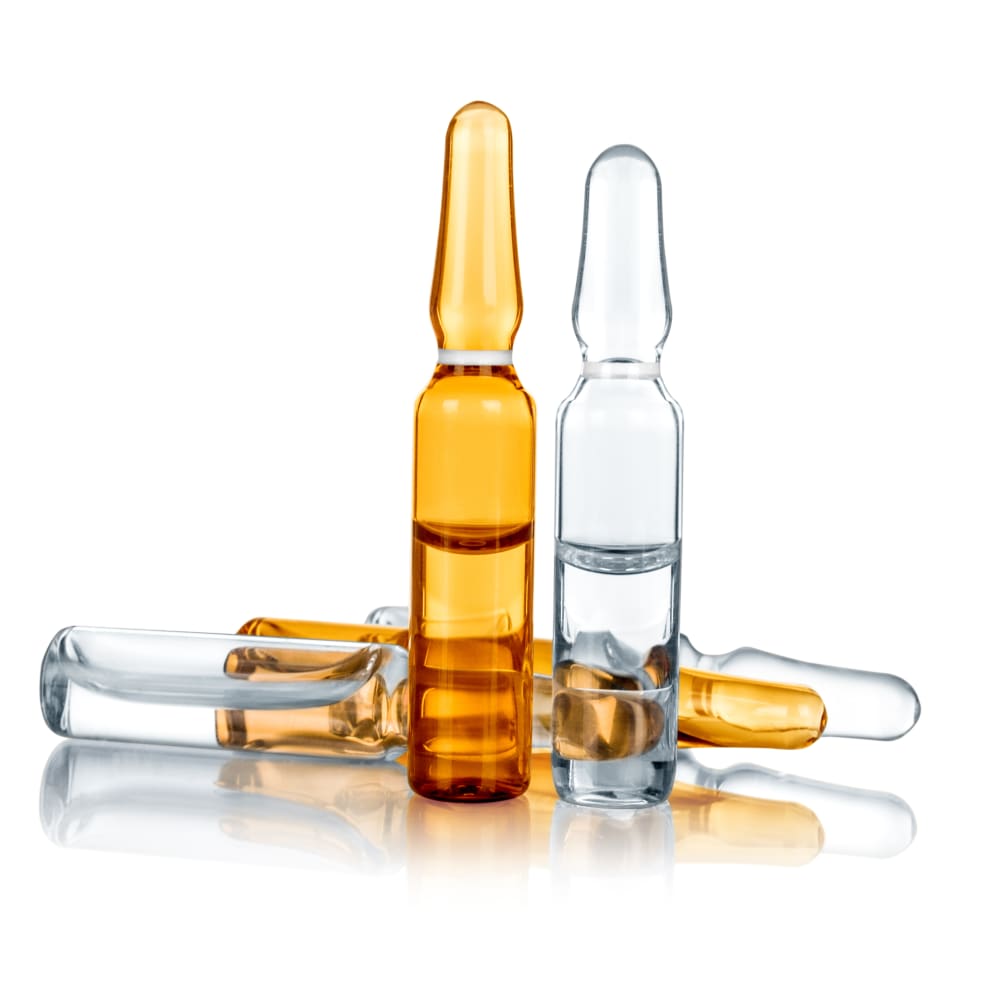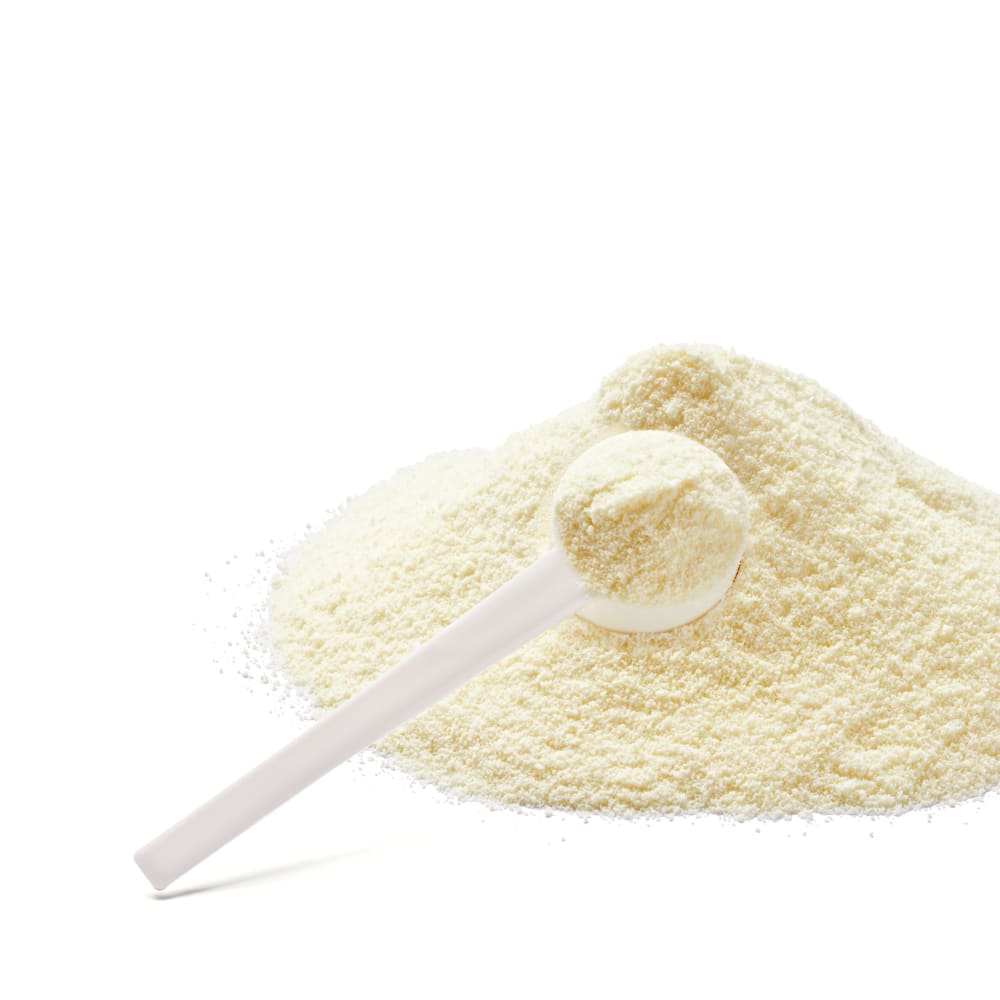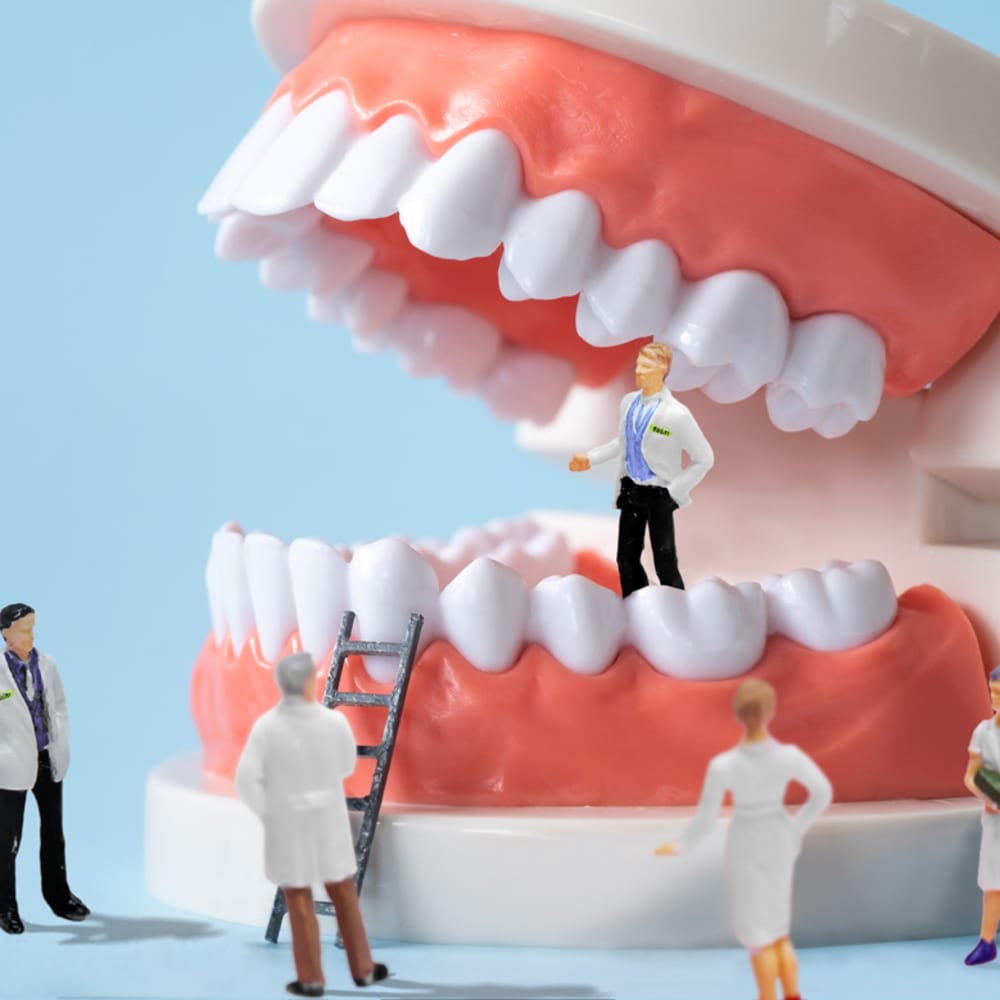Spray Drying of Sodium dihydrogenphosphate
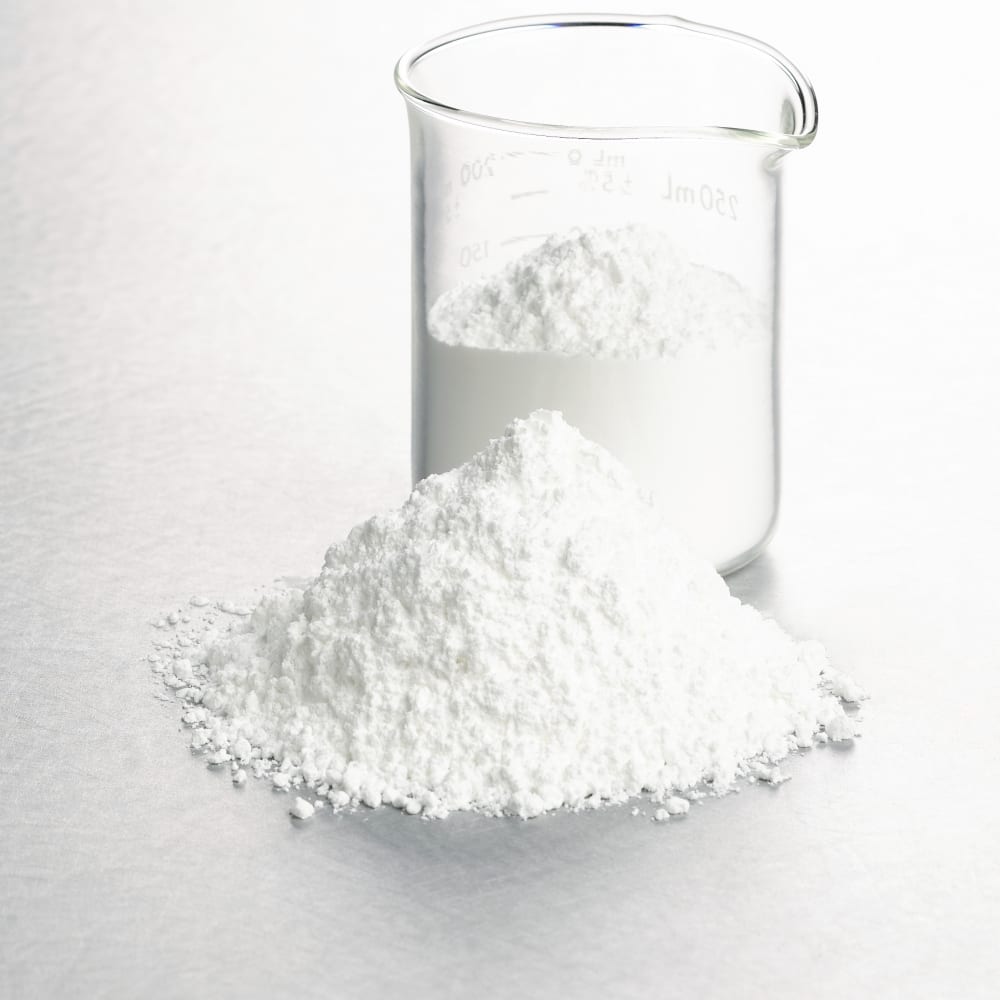
Spray drying is a commonly used technique to convert liquid solutions, such as sodium dihydrogenphosphate, into dry powders for improved handling, storage, and transportation. Sodium dihydrogenphosphate is an inorganic salt commonly used as a food additive, as well as a buffering agent in the pharmaceutical industry.
The spray drying process involves atomizing a solution of sodium dihydrogenphosphate in water into a fine mist, which is then dried in a stream of hot air. The resulting dry powder consists of small, spherical particles with controlled size and shape. The process allows for the production of a large quantity of uniform particles with excellent flowability and dispersion properties.
The properties of the sodium dihydrogenphosphate powders produced by spray drying can be tailored by adjusting the process parameters, such as the inlet temperature, feed rate, and drying time. The use of different drying aids or additives can also affect the properties of the final powder.
Overall, spray drying is an effective method for producing sodium dihydrogenphosphate powders with controlled properties, which can be used in a wide range of applications. The process allows for the production of a large quantity of uniform particles with excellent flowability and dispersion properties, which can improve the functional properties of the final product.
Please find starting paramters and some Results in this Application Note.
ลงทะเบียนเพื่อดาวน์โหลด
เครื่องมือที่เกี่ยวข้อง
Similar Applications
คอมโพสิตที่มีกราฟีนเป็นส่วนประกอบหลักสำหรับแบตเตอรี่ลิเธียมโดยการทำแห้งแบบพ่นฝอย
สามารถใช้คอมโพสิตที่มีกราฟีนเป็นส่วนประกอบหลักเพื่อปรับปรุงคุณสมบัติการนำไฟฟ้าและประสิทธิภาพของการกักเก็บพลังงานต่อรอบชาร์จของแบตเตอรี่ลิเธียม (LIB) เรียนรู้เพิ่มเติมเกี่ยวกับขั้นตอนที่จำเป็นในการได้มาซึ่งคอมโพสิตที่มีกราฟีนเป็นส่วนประกอบหลักโดยใช้เทคนิคการพ่นแห้งในเอกสารไวท์เปเปอร์นี้ ได้รับประโยชน์จากภาพตัวอย่างของการสังเคราะห์คอมโพสิตที่มีกราฟีนเป็นส่วนประกอบหลัก เรียนรู้เกี่ยวกับฟังก์ชันการทำงานของผงกราฟีนต่าง ๆ ในการวิจัยและพัฒนาแบตเตอรี่และดูพารามิเตอร์กระบวนการสำหรับการทำแห้งแบบพ่นฝอยของคอมโพสิตที่มีกราฟีนเป็นส่วนประกอบหลักต่าง ๆ
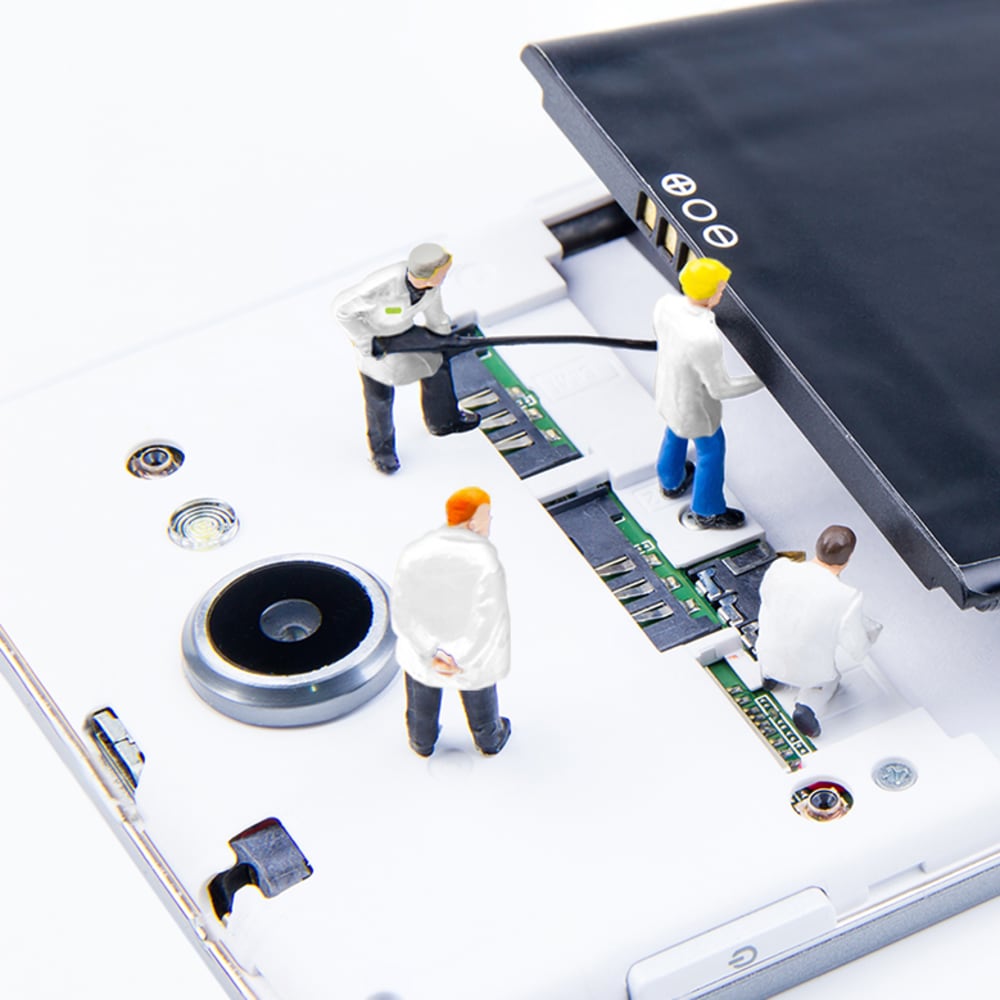
นิตยสาร Cosmetics Lab เล่ม 2
ในนิตยสาร “COSMETICS LAB” ฉบับที่ 2 คุณจะได้รับข้อมูลที่เป็นประโยชน์เกี่ยวกับวิธีเปลี่ยนวัตถุดิบจากธรรมชาติให้กลายเป็นสารออกฤทธิ์ รับประโยชน์จากข้อมูลที่เป็นประโยชน์เกี่ยวกับเทคนิคที่ใช้ในขั้นตอนการพัฒนาเครื่องสำอางทุกขั้นตอน เรียนรู้วิธีการสกัดและคัดกรองสารออกฤทธิ์และวิธีใช้โครมาโทกราฟีเพื่อทำให้วัตถุดิบบริสุทธิ์ รวมทั้งข้อเท็จจริงสนุก ๆ การทำนายดวง แบบทดสอบ และบทสัมภาษณ์พิเศษในหัวข้อการต่อสู้กับข้อมูลที่ผิดในอุตสาหกรรมเครื่องสำอาง

ที่ปรึกษาด้านสูตรสำหรับตัวอย่างน้ำมันกัญชา
รับข้อมูลเชิงลึกที่เป็นประโยชน์เกี่ยวกับการทำแห้งแบบพ่นฝอยและการผลิตเม็ดบีดและแคปซูล ซึ่งเป็นเทคนิคทั่วไปสองอย่างที่ใช้ในการกำหนดสูตรแคนนาบินอยด์ด้วยเอกสารไวท์เปเปอร์ฟรีนี้ นอกจากนี้ยังได้เรียนรู้ว่าทำไมเราถึงต้องการแคนนาบินอยด์ในรูปแบบผงตั้งแต่แรก
ใช้คำแนะนำเพื่อให้ได้รูปแบบของแคนนาบินอยด์ที่ขายได้อย่างง่ายดาย
นิตยสาร Cosmetics Lab เล่ม 3
ในนิตยสาร “COSMETICS LAB” ฉบับที่ 3 คุณสามารถค้นหาทุกสิ่งที่คุณจำเป็นต้องรู้เกี่ยวกับการแต่งหน้า ปรับปรุงความชำนาญในการกำหนดสูตรของคุณด้วยการรับข้อมูลเชิงลึกเกี่ยวกับไมโครเอนแคปซูเลชันและการทำแห้งแบบพ่นฝอย นอกจากนี้ยังได้อ่านเคล็ดลับการกำหนดสูตรเครื่องสำอาง สูตรอาหาร แบบทดสอบ การทำนายดวง และบทสัมภาษณ์พิเศษกับผู้เชี่ยวชาญด้านไมโครเอนแคปซูเลชัน
